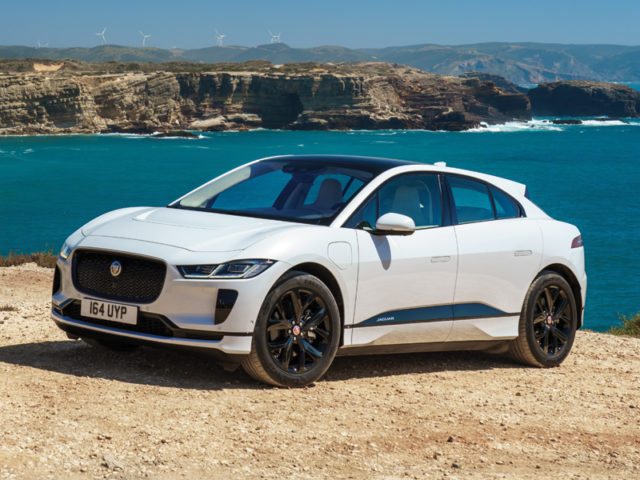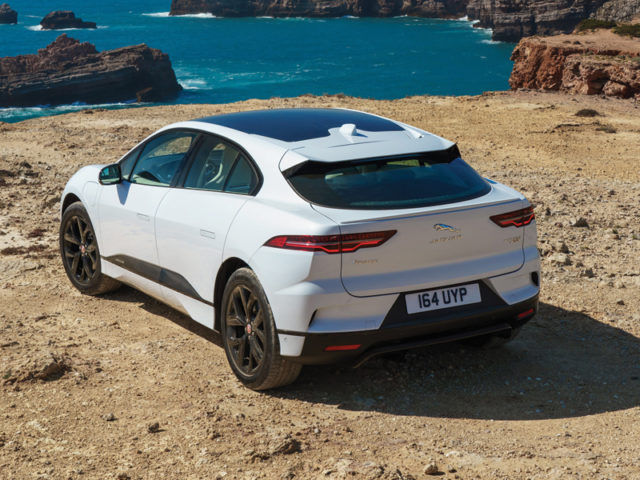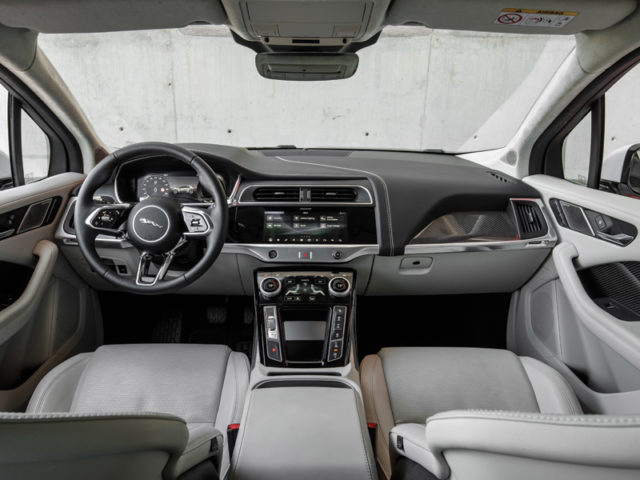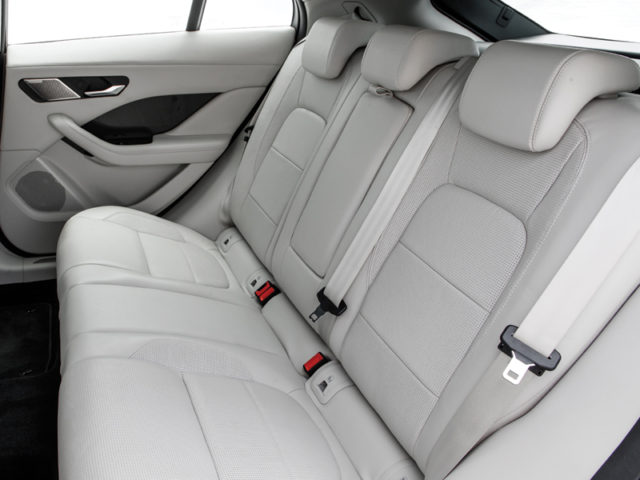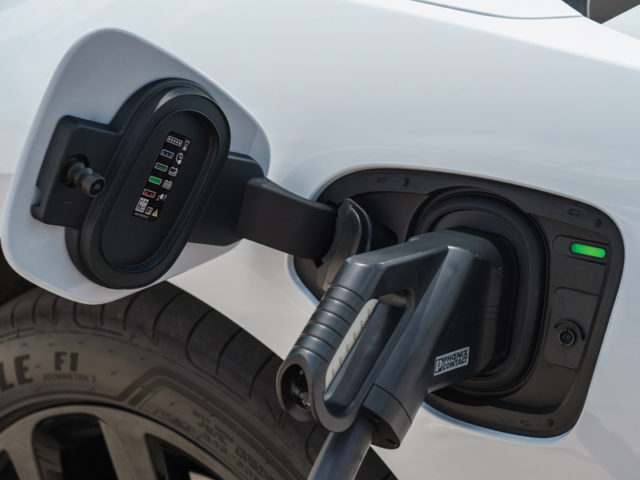First Drive: Jaguar I-Pace
Does Jaguar’s first electric car meet expectations? Jonathan Musk finds out…
SECTOR Small SUV PRICE €77.850 RANGE 480km WLTP CO2 0g/km
With up to 20,000 I-Pace destined for autonomous treatment courtesy of Waymo (formerly Google’s self-driving car project) and a further 200 to be used around Heathrow Airport, Jaguar has already managed to make its electric mark in the world of fleet. If anything, it’s just the start.
This isn’t a conversion. Similar in footprint to an F-Pace, short overhangs and a 90kWh battery mounted between the axles mean Jaguar can claim XJ-like interior space from its newcomer. Fit and finish is a cut above the brand’s other models too, with a regular two-plus-three layout and similar boot capacity to the F-Pace with the rear bench upright. Features such as a 10-litre central storage bin you can fit your arm in, shelves under the rear seats and a small compartment under the bonnet are unusual but practical additions.
‘S’ trim makes the most sense, with no immediately discernible difference other than a few missing toys compared to SE, HSE and the range-topping First Edition.
As with most modern cars, there’s too much tech to list. Conspicuous by its absence is any sort of pioneering autonomous tech, aside from radar-controlled adaptive cruise control that also offers traffic driving. AEB, 360° parking camera and LED headlamps are also standard. Jaguar’s “most connected car” includes Amazon Alexa and HomeLink connectivity, as well as a 4G Wi-Fi hotspot, six USB ports and three 12V sockets.
Unique to I-Pace is a redesigned TouchPro Duo system with sat nav that takes weather, traffic, climate control and charge into its calculations to provide relatively accurate charge level guestimations at waypoints and your final destination, alleviating some range anxiety. Not that you’ll have any, with features like preconditioning that can provide an additional 100km range in colder climes using grid power to warm the battery before setting off, and a further 50km range can be attained from the smart heat pump that scavenges energy from outside, even in sub-zero temperatures. This all tallies to an impressive 480km WLTP rated range.
High and low regenerative braking settings allow for single-pedal driving or coasting as desired and yet more energy recuperation, although in high mode it won’t hold itself on a hill like Nissan’s e-Pedal can.
Charging is via a CCS port on the nearside front wing, providing convenient compatibility with thousands of charge points across the UK and Europe. I-Pace supports charge rates up to 100kW, or roughly 100km range per 15 minutes plugged in.
F-Type bucket seats ensure a sporty but comfortable ride, which is silky smooth and our car’s air suspension managed to hide the 2,153kg weight well. Height adjustment can either lower I-Pace by 40mm for easier access, or +50mm for off-road driving – where it is impressively capable and has a wading depth of 500mm. The car also lowers automatically by 10mm at high speed to improve efficiency and stability.
Jaguar’s usual pop-up gear selector is absent; replaced by simple gear-select buttons. Prod “D” for drive and away you go. The I-Pace is relentlessly quick in a straight line, with 400hp and 696Nm that’s hardly surprising. Accentuating the sensation of speed, users can use the infotainment screen to choose between active noise cancellation or a unique ‘dynamic’ sound track, which adds an artificial progressive electro-noise to acceleration. I-Pace is also quick around corners thanks to much of its weight being kept low in the chassis, giving a centre of gravity 113mm lower than that of an F-Pace. The result is SUV looks with sports car handling.
What we think
The I-Pace is an impressive electric vehicle but a normal car and perhaps that’s Jaguar’s greatest achievement here. With its useful real-world 480km range and low TCO, the I-Pace should appeal to fleets in a way conventional Jaguars cannot. However, EV infrastructure may prove to be Jaguar’s biggest sales hurdle.
Highlights
- 480km WLTP-rated range easily achievable.
- 100kW charge rate allows 100km range in 15 minutes.
- 0-62mph in 4.8 seconds.
Key fleet model
Jaguar I-Pace S
- Jaguar I-Pace
- Jaguar I-Pace
- Jaguar I-Pace
- Jaguar I-Pace
- Jaguar I-Pace
- Jaguar I-Pace

